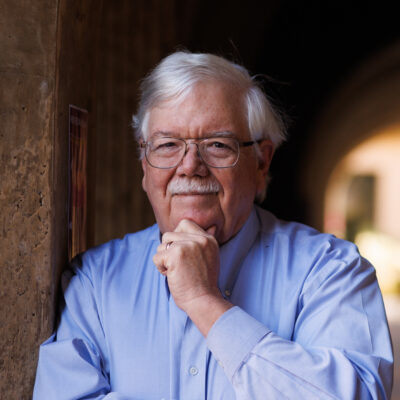Digging Deep Into De-Extinction
Summary
Right now, in labs around the world, researchers are doing what science-fiction writers used to dream about: trying to bring extinct species back to life.
The science of resurrecting lost species takes many forms, but collectively it has become known as “de-extinction.” According to advocates like Stewart Brand, de-extinction could soon result in the return of the passenger pigeon to the skies of North America or the woolly mammoth to the forests of Eastern Siberia.
…
Platt: What surprised you from the contributions?
Kaebnick: The contributions largely agreed that, as a practical matter, de-extinction is very limited, but they got to that point from very different philosophical positions. Philip Seddon, a zoologist in New Zealand who chaired a task force on de-extinction for the IUCN, defended the idea of using technological interventions for conservation goals, while Claudio Campagna, a biologist with the Wildlife Conservation Society, and some coauthors argued basically that the very idea of de-extinction is horrible and shows that conservation isn’t sitting on secure philosophical foundations. Hank Greely, a legal scholar who served with Seddon on the IUCN task force, argued that de-extinction is basically just another in a line of bioethical issues, and he laid out a bioethical framework as the philosophical foundation for assessing it, but some environmental theorists, including Curt Meine from the Aldo Leopold Foundation and Christopher Preston, who’s a philosopher at the University of Montana, put de-extinction in the context of other environmentalist thinking about the human relationship to nature.
Read More
